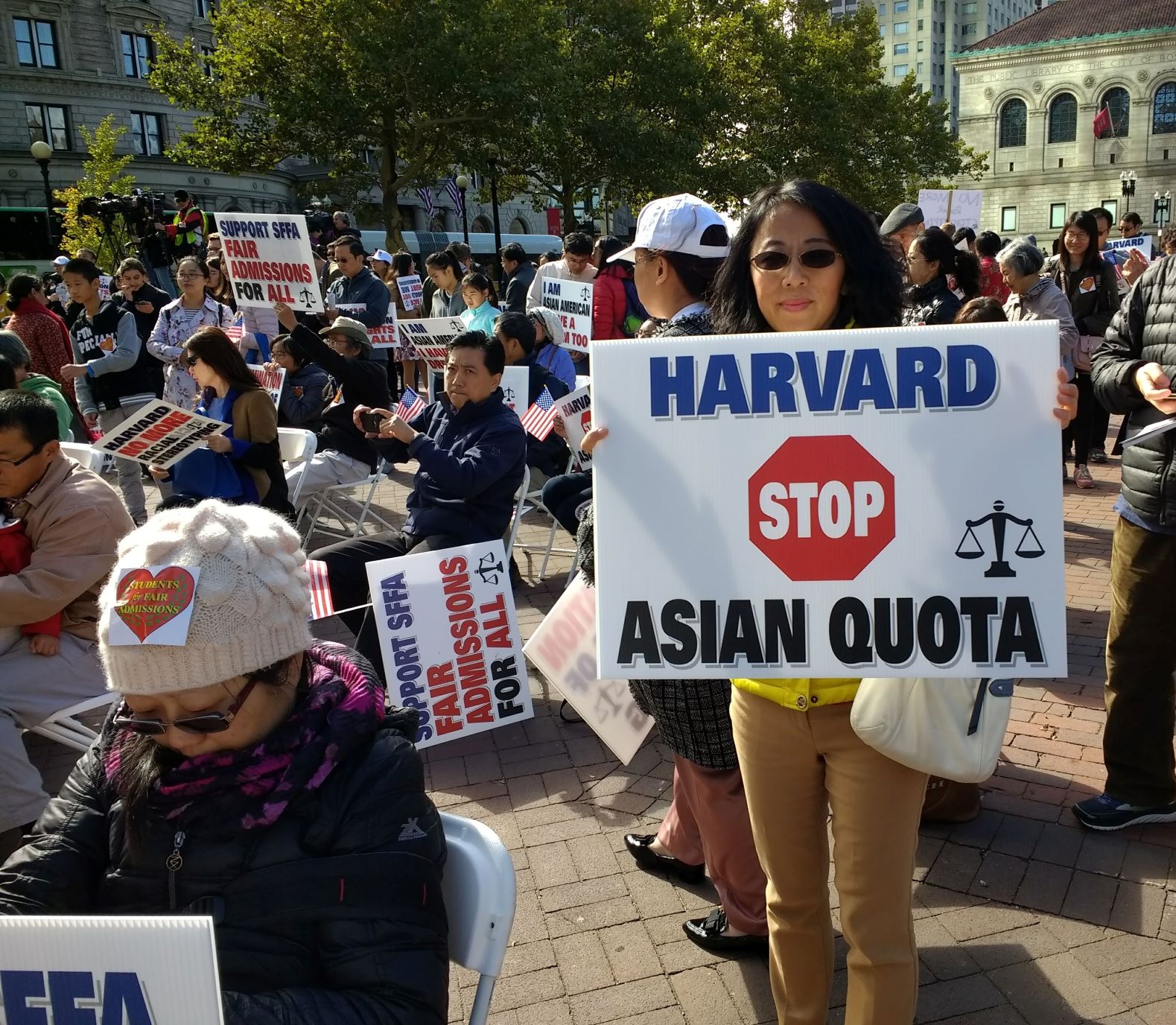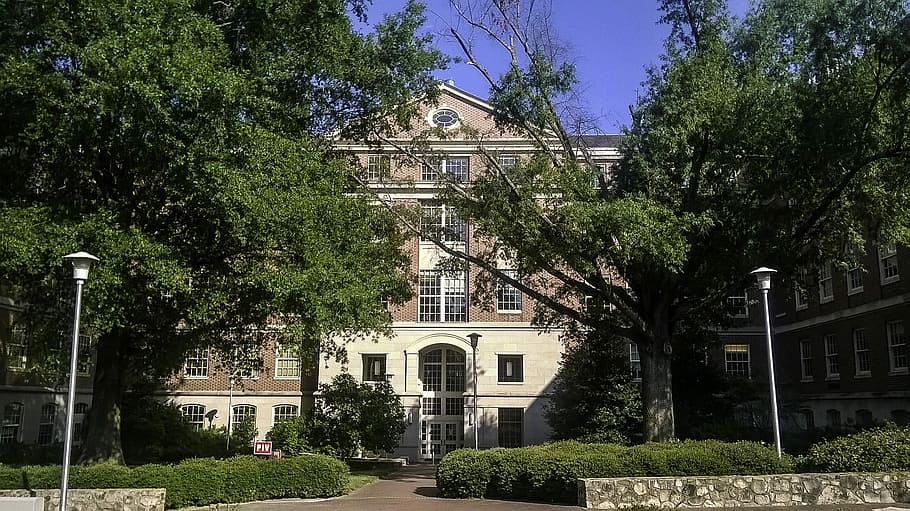For the second time this year the Supreme Court delivered a devastating blow to minority rights in the US. After overturning Roe v. Wade last June, on Thursday the conservative justices ruled against affirmative action in higher education, ending race-conscious admissions at universities across the country. The decision has created a firestorm of protest from the left and delight from the right.
Experts have argued that the elimination of affirmative action in higher education will lead to drastic reductions in Black and Latino students admitted to selective institutions and effectively destroy diversity on campuses, greatly diminishing the quality of education in the process and perhaps further stoking racism in this country.
The court’s decision goes against decades of precedent consistently upheld by the highest court in the land. In the 1960s, after John F Kennedy first ordered government contractors to “take affirmative action” to combat racial discrimination, colleges and universities developed policies to further diversify who enrolled.
The idea met its first challenge in 1978, in a case involving Allan Bakke, a white man who was denied admission to the University of California at Davis medical school. The court concluded that race could be factored in the admissions process but stopped colleges from setting racial quotas.
In Thursday’s ruling, two themes were affirmed by the court’s conservatives: that educational diversity can be achieved without directly taking account of race, and that making such distinctions must have an end point.

The conservative justices concluded that admissions policies at Harvard University and the University of North Carolina violated the US constitution’s equal protection clause. Affirmative action policies were meant to raise the number of Black, Hispanic and other underrepresented minority students at selective US higher education colleges and universities, but it is worth noting that not all minorities—specifically Asian Americans– were happy with affirmative action.
The court concluded that Harvard and the University of North Carolina’s race-conscious admissions programs failed to abide by the narrow restrictions laid out by the court in previous cases, noting that university programs “must comply with strict scrutiny, may never use race as a stereotype or negative, and must – at some point – end”.
A Washington Post review of 30 years of race and ethnicity data from the eight states that currently already ban race-based admission policies in higher education shows how a federal ban on affirmative action might harm minority students across the United States. In states with bans, Hispanic and Native Americans were less represented. Where race-based admission policies were banned in 2021, already underrepresented racial groups had even lower representation when compared to states without bans.

Students of Asian descent have been at the center of the protest against the policy. An analysis of student records by Students for Fair Admissions, a conservative activist group representing Asian American students in the lawsuit against Harvard, found that the institution, on average, rated Asian American applicants lower in personality and likability ratings than others. In rebuttal, Harvard’s attorney, Seth Waxman, argued that the university did not discriminate against Asian Americans, noting that the university weighed multiple factors in their admissions process.
Significantly, Roberts wrote that, “College admissions are zero-sum, and a benefit provided to some applicants but not to others necessarily advantages the former at the expense of the latter,” suggesting that since there are only so many places to go around, then a decision to favor one group must necessarily harm another.
The court’s three liberal members valiantly defended their position but ultimately it proved to be futile.
The newest member and first Black woman on the court, Ketanji Brown Jackson, issuing a stark dissent saying the ruling meant it would “take longer for racism to leave us”.
She had recused herself from the Harvard case but issued a blistering dissenting opinion in the UNC case, noting: “Although formal race-linked legal barriers are gone, race still matters to the lived experiences of all Americans in innumerable ways, and today’s ruling makes things worse, not better.”

Standing from left to right: Justices Brett M. Kavanaugh, Elena Kagan, Neil M. Gorsuch, and Amy Coney Barrett.
Photograph by Fred Schilling, Collection of the Supreme Court of the United States
Justice Sonia Sotomayor also issued a dissent, warning that the ruling would “entrench segregation in higher education.”
Reactions from the public, as observed in comments to The New York Times, have run the full gamut from the most conservative to the most liberal views.
Among the most categorical—though arguably, inadvertently obtuse on the complexity of the issue– AKJersey wrote: “Standardized tests are the only objective measure of aptitude and knowledge. They should be used not only for education, but also for job placement and promotion. That is the best way to counter conscious and unconscious personal bias in subjective assessments.”
David Weinberg from Minneapolis underlines the foundational principles of the country, “America was built on the notion that white, property owning males would rule the nation. The current SCOTUS wants to return the founders’ original intent.”
NewYorker88 was particularly cynical and pessimistic about race relations and affirmative action: “This is the uncomfortable truth: So long as 80% of Black children are born to single moms, and therefore often into inter-generational poverty, no amount of affirmative action will make much difference for the vast majority of Black kids. Change the outcome by changing what is culturally acceptable.”
Chaks unabashedly approved the court’s decision, making a distinction between what he calls “good racism” and “bad racism” and calling out the Democrats’ hypocrisy. “As a Black man and recent immigrant in the US, I applaud that decision. Those supporting this decision contradict their own views. If you are against racism, why would you support racism when it fits your goal? Besides, if Democrats who supported this wanted to help minorities, they could have invested in those neighborhoods, invest in good schools, after school programs, etc.. Instead, minorities students are recruited not on their merits but on their race. That is wrong , wrong and wrong.”
President Biden said he was considering executive action and will ask the Department of Education to look into ways to maintain diversity in university student bodies.
Speaking at the White House, Biden said: “Discrimination still exists in America. Today’s decision does nothing to change that.”












